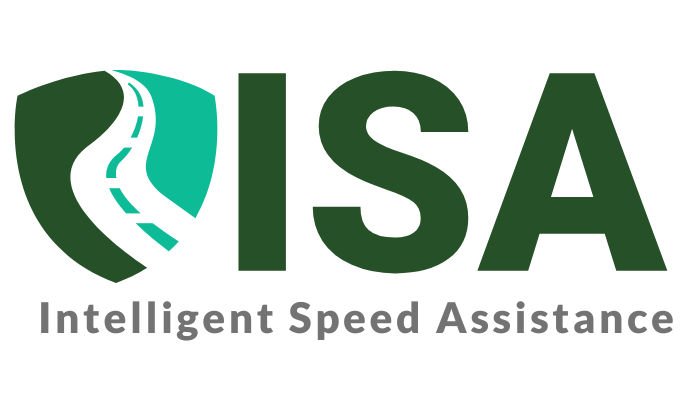Speeding remains a major concern on roads worldwide. It significantly increases the risk of accidents, fatalities, and serious injuries. Understanding the impact of speeding through statistics is crucial, and Intelligent Speed Assistance (ISA) technology is emerging as a game-changer in addressing this issue. This blog post will delve into key statistics surrounding speeding and explore how ISA is demonstrably improving road safety.
The Alarming Reality of Speeding: A Global Problem
Speeding statistics paint a concerning picture on a global scale. Here are some key figures from various sources:
- The World Health Organization (WHO) estimates that speeding is a factor in approximately one-quarter of all traffic fatalities globally, translating to roughly 1.35 million deaths annually.
- The National Highway Traffic Safety Administration (NHTSA) in the US reports that speeding played a role in 29% of all motor vehicle fatalities in 2022, resulting in an estimated 12,151 deaths.
- Across Europe, the European Union Road Safety Observatory statistics indicate that speeding is a contributing factor in approximately 30% of all fatal crashes.
Beyond Fatalities: The Costs of Speeding
The consequences of speeding extend beyond the human cost. Speeding violations can lead to:
- Traffic tickets: Speeding tickets carry fines that can be significant, impacting individual budgets and potentially leading to increased insurance premiums.
- Increased fuel consumption: Maintaining a consistent speed is crucial for fuel efficiency. Exceeding speed limits leads to higher fuel consumption, adding to operational costs for fleets and individuals alike.
- Vehicle wear and tear: Aggressive driving habits associated with speeding can take a toll on vehicles, leading to increased maintenance requirements and potentially shortening vehicle lifespan.
The Rise of ISA and a Safer Future:
While speeding statistics highlight a concerning reality, the rise of Intelligent Speed Assistance (ISA) technology offers a promising solution. ISA utilizes GPS, speed limit recognition cameras, or map data to detect the posted speed limit and provide real-time feedback to drivers when they exceed it. This feedback can be visual or auditory, encouraging drivers to slow down and adhere to the speed limit.
Statistics Demonstrating the Effectiveness of ISA:
Studies conducted on the effectiveness of ISA technology demonstrate promising results. Here’s how ISA is contributing to safer roads based on real data:
- Reduced Speeding Violations: A 2021 study by the European Transport Safety Council (ETSC) found that ISA technology resulted in a 34% decrease in speeding violations on test vehicles.
- Improved Driver Behavior: A 2020 study published in the journal “Accident Analysis & Prevention” found that drivers using ISA systems showed a significant decrease in average speeds.
- Lower Accident Rates: A 2019 study by the Swedish Transport Agency reported that vehicles equipped with ISA experienced a 22% reduction in accidents.
Potential for Further Improvement
ISA technology holds immense potential for creating a safer driving environment. As technology advances, we can expect even more sophisticated ISA systems in the future. These systems could potentially:
- Utilize Artificial Intelligence (AI): AI could personalize speed warnings based on driving behavior patterns and real-time road conditions (e.g., weather, traffic congestion).
- Integrate with Advanced Driver-Assistance Systems (ADAS): ISA could seamlessly integrate with other ADAS features, creating a comprehensive safety suite within vehicles.
- Become Mandatory Technology: Similar to features like seat belts and airbags, ISA could become a mandatory safety feature in new vehicles, accelerating its widespread adoption.
Speeding statistics tell a story of risk and danger on our roads. However, ISA technology offers a beacon of hope, demonstrating its effectiveness in reducing speeding violations, improving driver behavior, and ultimately leading to safer roads. As ISA continues to evolve and gain wider adoption, its potential to create a safer driving environment for everyone is undeniable. Learn more about the latest impacts and technology at our ISA Info page.

